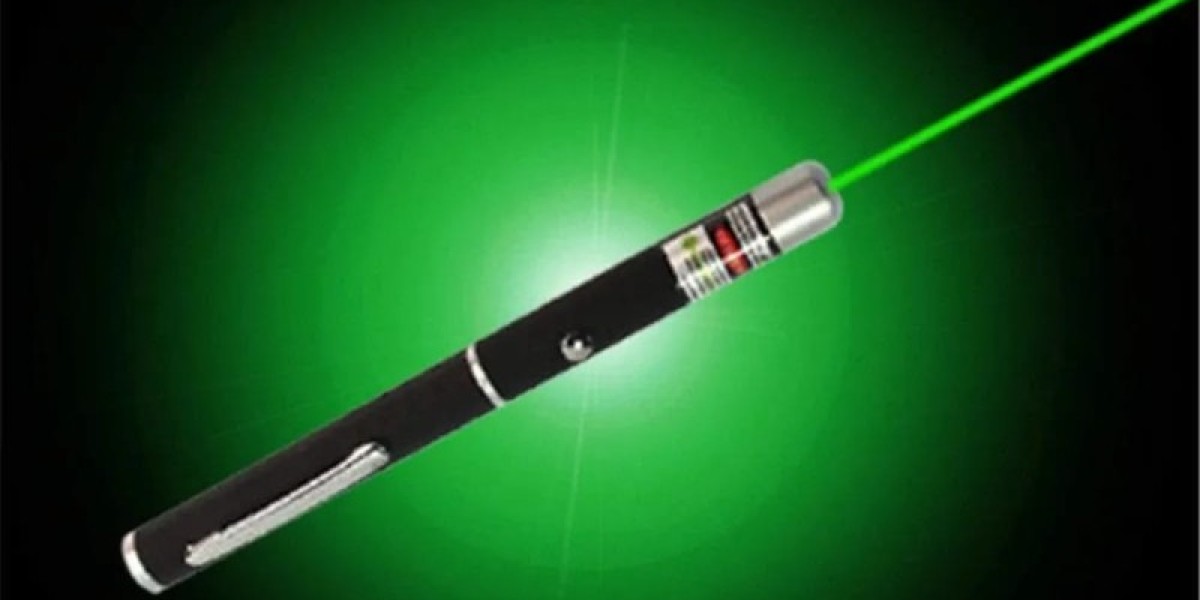Laser technology refers to the use of concentrated beams of light—produced by the process of Light Amplification by Stimulated Emission of Radiation (LASER)—to perform tasks that require precision, speed, and reliability. Unlike ordinary light, a laser beam is coherent, monochromatic, and highly directional, which makes it powerful enough to cut metals, perform surgeries, or transmit data across great distances. Today, laser technology is used in fields ranging from manufacturing and healthcare to communication, defense, and even everyday consumer electronics.
1. How Laser Technology Works
A laser is generated when atoms in a medium (such as a crystal, gas, or semiconductor) are excited by energy and release photons in a controlled manner. These photons are aligned to create a coherent beam of light. The unique properties of laser beams—intensity, precision, and ability to focus on a tiny spot—make them suitable for highly accurate tasks.
For example, in a laser cutting machine, the beam focuses enough energy on a small point to melt or vaporize the material. In medical treatments, the same technology can target cells or tissues without affecting surrounding areas.
2. Types of Lasers
Laser technology has evolved into different forms, each suitable for specific applications:
CO₂ Lasers – Effective for cutting, engraving, and medical surgeries involving non-metals.
Fiber Lasers – Highly efficient and widely used in metal cutting, marking, and welding.
Diode Lasers – Commonly used in consumer electronics like barcode scanners and laser pointers.
Excimer Lasers – Used in eye surgeries (LASIK) and semiconductor manufacturing.
Solid-State Lasers – Used in defense, research, and industrial drilling.
3. Advantages of Laser Technology
Laser technology is considered revolutionary because of its many benefits:
High Precision: Can target areas as small as a fraction of a millimeter.
Speed and Efficiency: Processes like cutting or marking are much faster compared to traditional methods.
Non-Contact Process: The laser does not physically touch the material, reducing wear and tear.
Versatility: Applicable in manufacturing, medicine, communication, defense, and entertainment.
Eco-Friendly: Requires fewer consumables and reduces waste.
Consistency: Delivers repeatable results with minimal error.
4. Applications of Laser Technology
Laser technology has become a backbone of many industries:
Manufacturing: Cutting, welding, engraving, marking, and cleaning.
Medical & Healthcare: Eye surgery, cosmetic treatments, dental procedures, and cancer therapy.
Telecommunications: Fiber-optic communication relies on laser beams to transmit data at high speeds.
Defense & Security: Rangefinding, target marking, and even experimental directed-energy weapons.
Entertainment & Consumer Devices: Laser shows, barcode scanners, DVD players, and gaming devices.
Scientific Research: Used in spectroscopy, atomic studies, and advanced physics experiments.
5. Why Laser Technology Matters Today
In today’s competitive world, industries demand accuracy, efficiency, and sustainability. Laser technology delivers all three. It reduces production costs, improves product quality, and supports innovation in emerging fields such as renewable energy and nanotechnology.
Conclusion
Laser technology is not just a tool—it is a transformative force shaping the future of industries and everyday life. From performing delicate eye surgeries to cutting through steel sheets, lasers combine science and practicality in ways that were once unimaginable. As technology advances, lasers will continue to play an even bigger role in automation, healthcare, and global communication, making them one of the most important innovations of our time.









